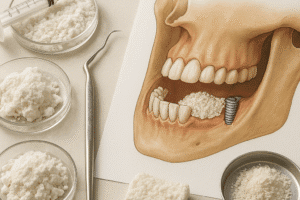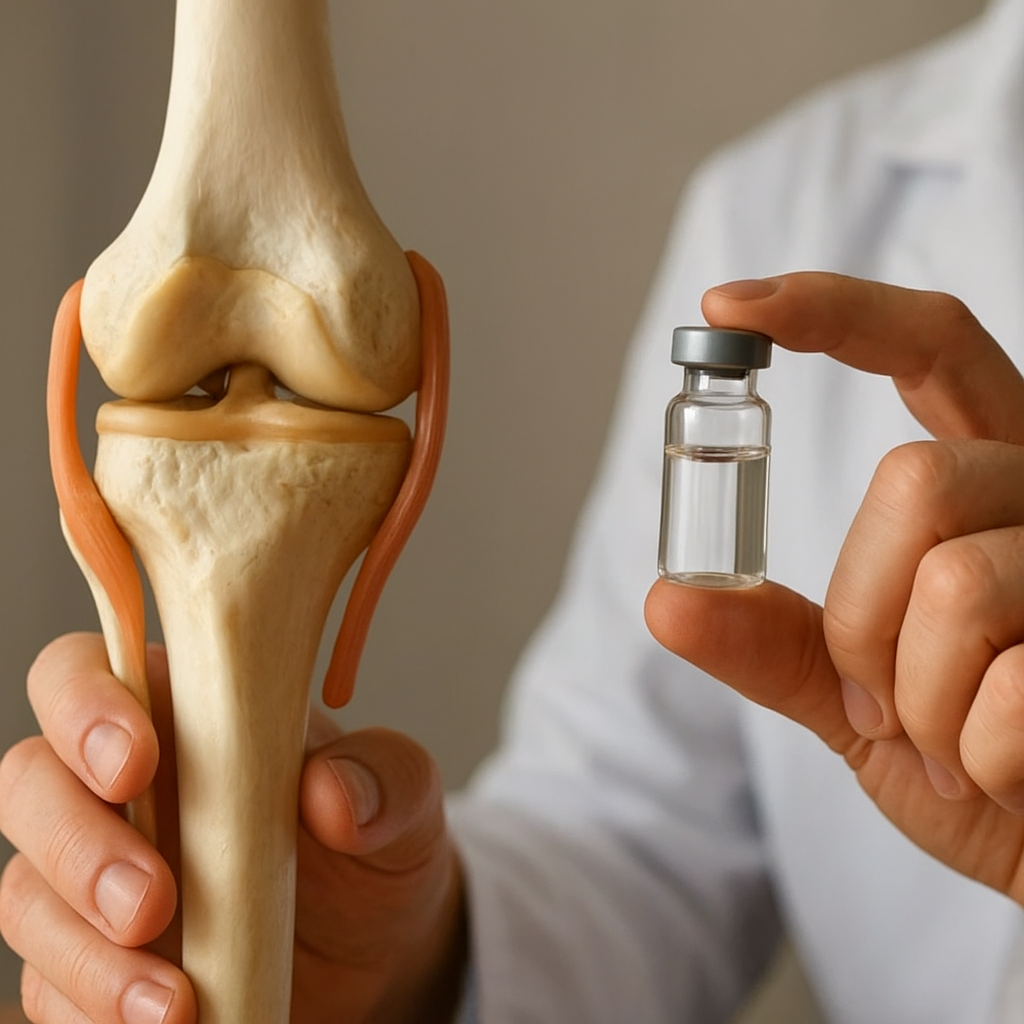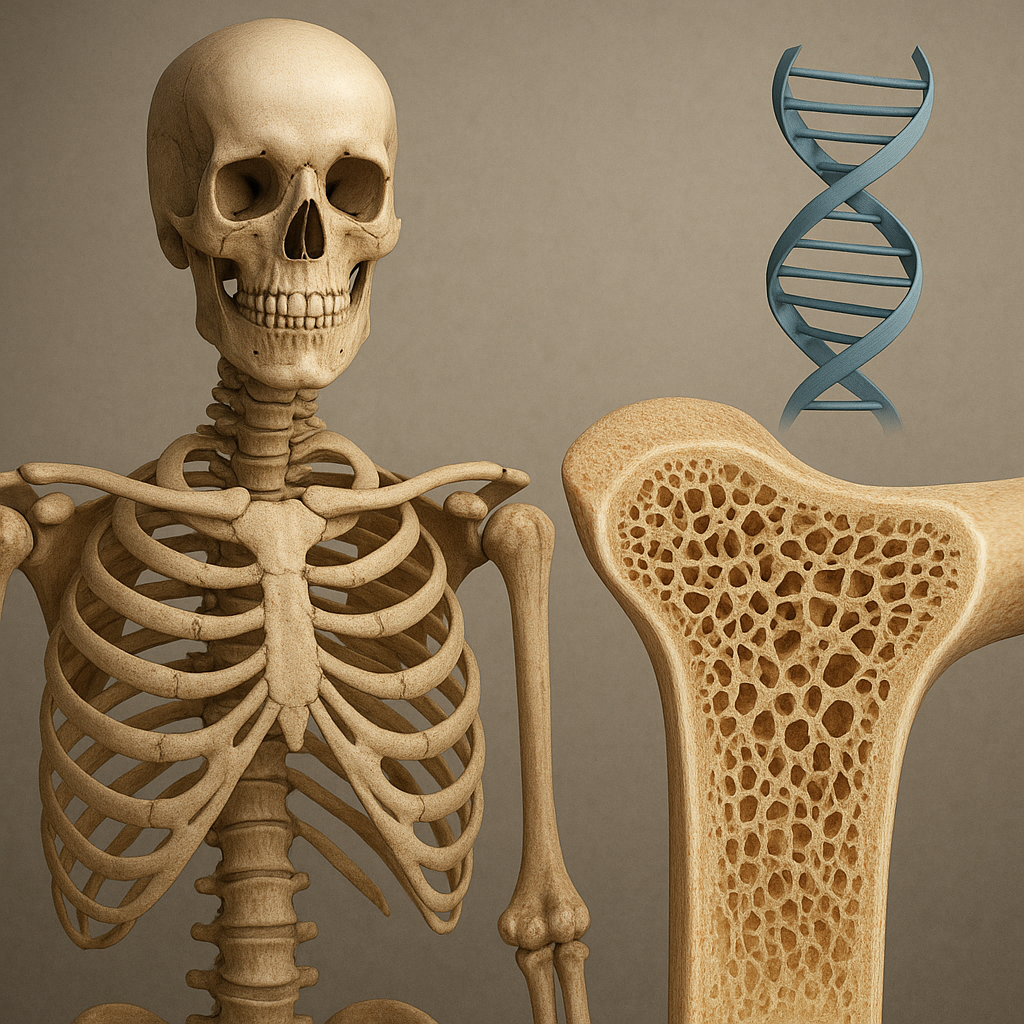The relationship between blood supply and bone healing is a critical aspect of orthopedic medicine and regenerative biology. Understanding how blood flow influences the healing process can provide insights into improving treatment strategies for fractures and bone-related injuries. This article delves into the mechanisms by which blood supply affects bone healing, the implications of compromised blood flow, and potential therapeutic approaches to enhance recovery.
The Role of Blood Supply in Bone Healing
Bone healing is a complex biological process that involves several stages, including inflammation, repair, and remodeling. Each of these stages is heavily influenced by the availability of blood supply, which delivers essential nutrients, oxygen, and growth factors necessary for tissue regeneration. The initial inflammatory response, which occurs immediately after a fracture, is crucial for setting the stage for healing. During this phase, blood vessels dilate, increasing blood flow to the injured area, which helps to clear debris and deliver immune cells to fight potential infections.
As the healing process progresses, the formation of new blood vessels, a process known as angiogenesis, becomes vital. Angiogenesis is stimulated by various growth factors, including vascular endothelial growth factor (VEGF), which is released in response to hypoxia (low oxygen levels) in the injured tissue. This new blood supply not only provides oxygen and nutrients but also facilitates the transport of stem cells and progenitor cells that are essential for bone regeneration.
Stages of Bone Healing
Bone healing can be divided into several stages, each characterized by specific cellular and molecular events:
- Inflammatory Phase: This phase lasts for a few days post-injury. Blood vessels constrict initially, followed by dilation, leading to increased blood flow. Inflammatory cells migrate to the fracture site, releasing cytokines and growth factors that initiate the healing process.
- Soft Callus Formation: Within a week, a soft callus made of cartilage forms around the fracture. This stage is heavily reliant on the presence of adequate blood supply to support the metabolism of chondrocytes (cartilage cells).
- Hard Callus Formation: After a few weeks, the soft callus is replaced by a hard callus made of woven bone. This transition requires a robust blood supply to provide the necessary minerals and nutrients for bone mineralization.
- Remodeling Phase: Over several months to years, the hard callus is remodeled into mature lamellar bone. This phase continues to depend on a healthy blood supply to maintain bone density and strength.
Consequences of Impaired Blood Supply
When blood supply to a fracture site is compromised, the healing process can be significantly delayed or even halted. Conditions such as peripheral vascular disease, diabetes, and smoking can impair circulation, leading to complications such as non-union (failure of the bone to heal) or malunion (healing in an incorrect position). In these cases, the lack of adequate blood flow results in insufficient delivery of oxygen and nutrients, which are critical for cellular activities involved in healing.
Moreover, impaired blood supply can lead to ischemic necrosis, where bone tissue dies due to lack of blood flow. This condition is particularly concerning in cases of fractures involving the femoral head or other areas with limited vascular supply. The consequences of impaired blood flow extend beyond the immediate fracture site, potentially leading to chronic pain, disability, and the need for surgical intervention.
Clinical Implications
Understanding the importance of blood supply in bone healing has significant clinical implications. Healthcare providers must assess the vascular status of patients with fractures, especially those with pre-existing conditions that may affect circulation. In cases where blood supply is compromised, interventions may be necessary to enhance healing.
- Revascularization Techniques: Surgical procedures such as vascularized bone grafting can be employed to restore blood flow to the affected area. This technique involves transplanting bone tissue along with its blood supply to promote healing.
- Pharmacological Interventions: Certain medications, such as vasodilators, may be used to improve blood flow to the fracture site. Additionally, growth factors like BMP (bone morphogenetic proteins) can be administered to stimulate angiogenesis and enhance healing.
- Physical Therapy: Early mobilization and physical therapy can help improve circulation to the injured area, promoting healing. Techniques such as electrical stimulation have also been explored to enhance blood flow and bone regeneration.
Future Directions in Bone Healing Research
As research continues to evolve, new strategies are being developed to optimize blood supply and enhance bone healing. Advances in tissue engineering and regenerative medicine hold promise for improving outcomes in patients with fractures and bone defects.
Stem Cell Therapy
Stem cell therapy is an exciting area of research that aims to harness the regenerative potential of stem cells to promote bone healing. By isolating and transplanting stem cells into the fracture site, researchers hope to enhance the formation of new blood vessels and bone tissue. Studies have shown that mesenchymal stem cells (MSCs) can differentiate into osteoblasts (bone-forming cells) and secrete factors that promote angiogenesis, thereby improving healing outcomes.
Biomaterials and Scaffolds
Another promising avenue is the development of biomaterials and scaffolds that can support bone regeneration while also promoting blood vessel formation. These materials can be designed to release growth factors in a controlled manner, providing a conducive environment for healing. By mimicking the natural extracellular matrix, these scaffolds can facilitate cell attachment, proliferation, and differentiation, ultimately enhancing the healing process.
Conclusion
The intricate relationship between blood supply and bone healing underscores the importance of vascular health in orthopedic recovery. Adequate blood flow is essential for delivering the necessary nutrients and cells required for effective healing. Understanding the mechanisms by which blood supply influences bone regeneration can lead to improved treatment strategies and better outcomes for patients with fractures and bone injuries. As research continues to advance, innovative approaches such as stem cell therapy and biomaterials hold promise for enhancing bone healing and restoring function to those affected by bone-related conditions.













